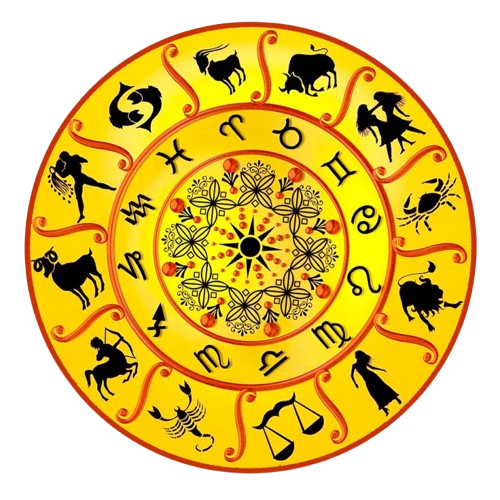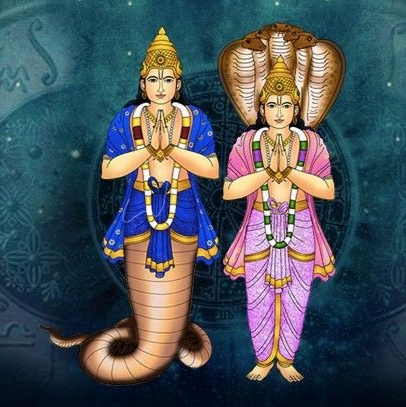About Us

Indian astrology, also known as Vedic astrology or Jyotish Shastra, is an ancient system of astrology that originated thousands of years ago in India. Rooted in the Vedas—India’s oldest sacred texts—it uses the precise time, date, and place of birth to create a detailed birth chart called a kundli or janam patri.
It plays a significant role in various aspects of Indian culture, including marriage matchmaking, naming ceremonies, and important life decisions. Many people in India still consult astrologers for guidance on health, relationships, career, and spiritual growth.
Indian astrology, also known as Vedic astrology or Jyotish Shastra, is an ancient system of astrology that originated thousands of years ago in India. Rooted in the Vedas—India’s oldest sacred texts—it uses the precise time, date, and place of birth to create a detailed birth chart called a kundli or janam patri.
It plays a significant role in various aspects of Indian culture, including marriage matchmaking, naming ceremonies, and important life decisions. Many people in India still consult astrologers for guidance on health, relationships, career, and spiritual growth. Its predictive power and spiritual insights have made it a trusted tool for navigating life’s uncertainties with confidence and clarity.


